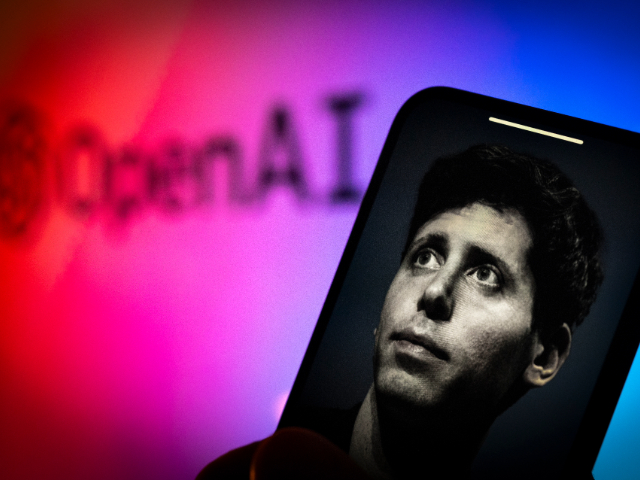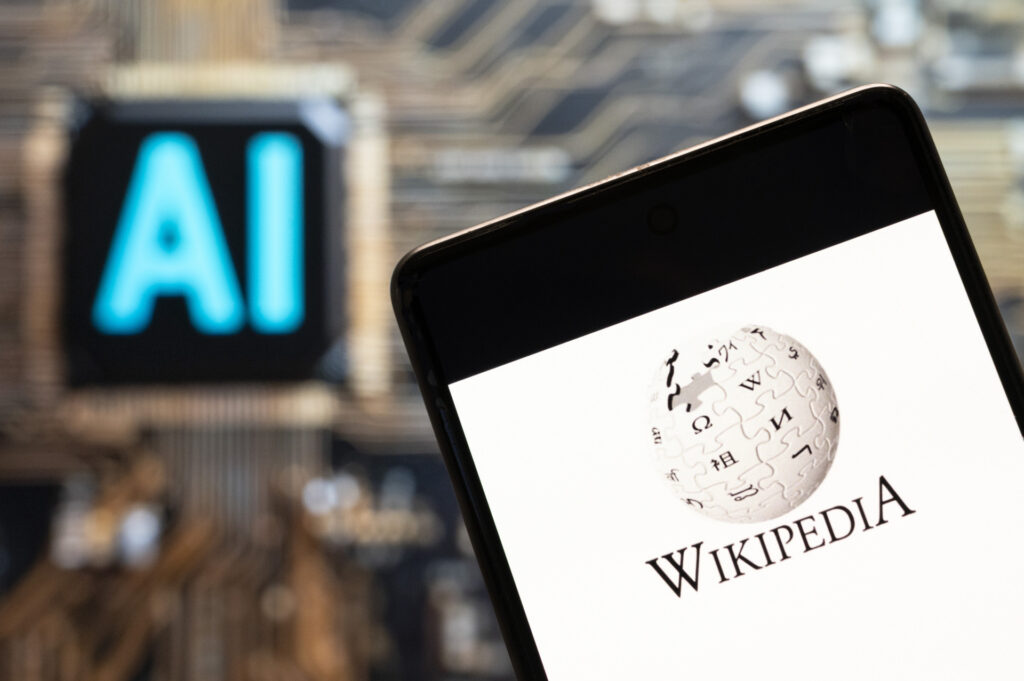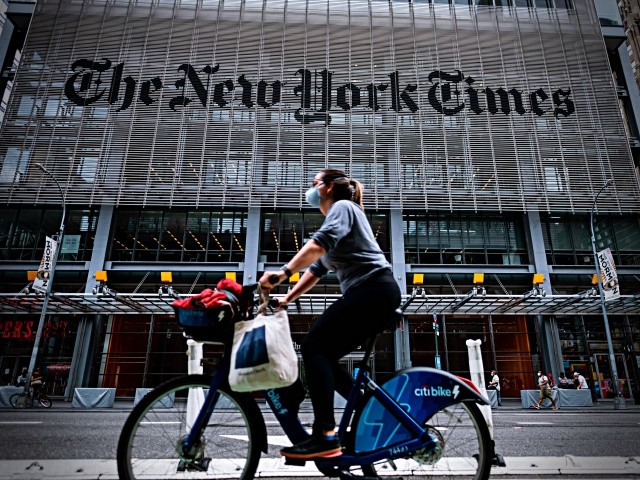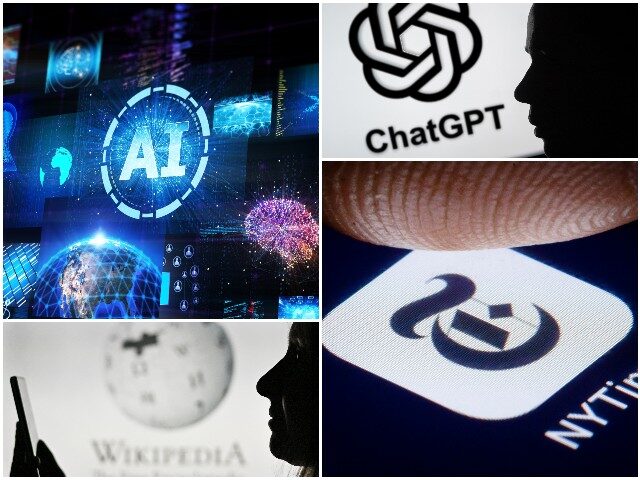Computer geeks have a saying: “Garbage in, garbage out” (GIGO). That is, if the input is junk, such as corrupted data, then the output will be just as junky and just as corrupt. There’s an important idea here: Any system is only as good or bad as the sum of its parts.
Interestingly enough, that’s the story of artificial intelligence (AI). For all the wonderment (and wondrous valuations) of AI, the basic idea is simple: Load it up with information and then let the computer and its algorithms thresh through all that information to make something useful.
But here we come to the key question: Useful to whom?
It’s one thing if AI is being used to manage, say, factory manufacturing. But it’s quite another thing if AI is used to manage public opinion with an eye toward manufacturing consent. If AI is used that way, then it has become a tool of the regime in power, be it bureaucratic, corporate, or ideological.
And that’s what we’re seeing now: In the spirit of GIGO, we can call it LILO—Liberalism In, Liberalism Out.
Case in point: a May 26 article in Semafor detailing the activities of OpenAI, the company run by Sam Altman, that, in 2022, released the breakthrough product ChatGPT. Now, as the company’s AI seeks to grow, it must absorb more information from any and all sources. In the beginning, AI could simply hoover up whatever it could. But, more recently, content providers, such as news outlets, have wised up. Some are suing over this hoovering, while others are seeking to be paid for the use of their material.

An effigy of former OpenAI CEO Sam Altman (Jaap Arriens/NurPhoto via Getty Images)
As Semafor details, OpenAI is now licensing content from “center left to center right” from portals including the Associated Press and the Financial Times.
Some will immediately object that “center right and center left” is actually a kind of code for establishment-friendly uniparty-like liberalism and maybe even soft progressivism. Notably, publications on the rowdy populist right, including Breitbart News, are not included in the OpenAI deal.
From the choices OpenAI is making—as well as all the other choices of other AI companies, as detailed here, here, and here—we can start to see the future of digital information. If AI learns from the establishment liberal media, then that will be the “truth” as it knows it, and that’s what it will dispense to users and will become over time history.
These points about the mutability of truth apply to anything digital. We’re all familiar with stealth editing and stealth censorship—a process made easy with pixels. In real-time, there’s a furious battle to rewrite Wikipedia pages on topics ranging from the Middle East to Donald Trump. Wikipedia even has its own page on such incidents for you to trust or not.

(Budrul Chukrut/SOPA Images/LightRocket via Getty Images)
Conservatives, in particular, have a right to be skeptical about this. They should fear that the Overton Window is being positioned and shaped to leave conservative, populist, libertarian, and right-wing thinking outside its parameters. The New York Times motto, “All the news that’s fit to print,” sounds good until one sees how the Times defines “news.” (And, by the way, the Times has a deal with OpenAI.)
These dimensions, definitions, and deals determine the framework of “polite” discussion. Indeed, the same ground rules can determine whether an idea or a meme or a person should even exist. All through history, inquisitors and NKVD-type agents have sought to eliminate not just “heretics,” as they saw them, but the very idea of heresy. And now, just as digital makes it easier for an idea to be created, it’s also more easily deleted.
In the meantime, a new breed of heretic-hunters, the disinformation experts—many of them funded by the U.S. government—often peddle the notion that conservative views aren’t just wrong-headed, they are actually factually incorrect. One could just as easily say, The right doesn’t compute.
In George Orwell’s fictional 1984, Newspeak—a radically simplified form of English—was invented precisely so people wouldn’t be able to even think in creative—which is to say, potentially troublesome—ways. We can see the germ of Newspeak in today’s political correctness and cancel culture: You must not even think a certain way, let alone say it out loud.

The New York Times building on June 30, 2020, in New York City. (JOHANNES EISELE/AFP via Getty Images)
Will Elon Musk and X change this oppressive orthodoxy? For sure, Musk and X have unorthodox voices, but, all together, Big Tech, mostly leaning left, has the louder voice. So while Musk is not shrinking from the fight, mass matters. As Lenin said, quantity has a quality all its own.
Therefore the struggle over information will continue, as the ancient question, “What is truth?” gets another round. Just as no publication can claim a monopoly on truth, neither can any app or database or AI.
To be sure, any AI would benefit from a broader range of ideas—the bigger the “ecosystem,” the faster the “evolution.” Yet even with Breitbart News in its innards, it’s still possible that OpenAI could be manipulated and be manipulative. Whatever it is, it needs scrutiny.
The motto of the Royal Society, convened in London in 1660 to study the sciences and the natural world, is Nullius in verba—take nobody’s word for it. Yes, the art of critical thinking requires us all to compare, contrast, and consider priorities and alternatives.
The truth-seeker must, by necessity, be on a never-ending quest. By this reckoning, AI is just another mountain to climb.

COMMENTS
Please let us know if you're having issues with commenting.